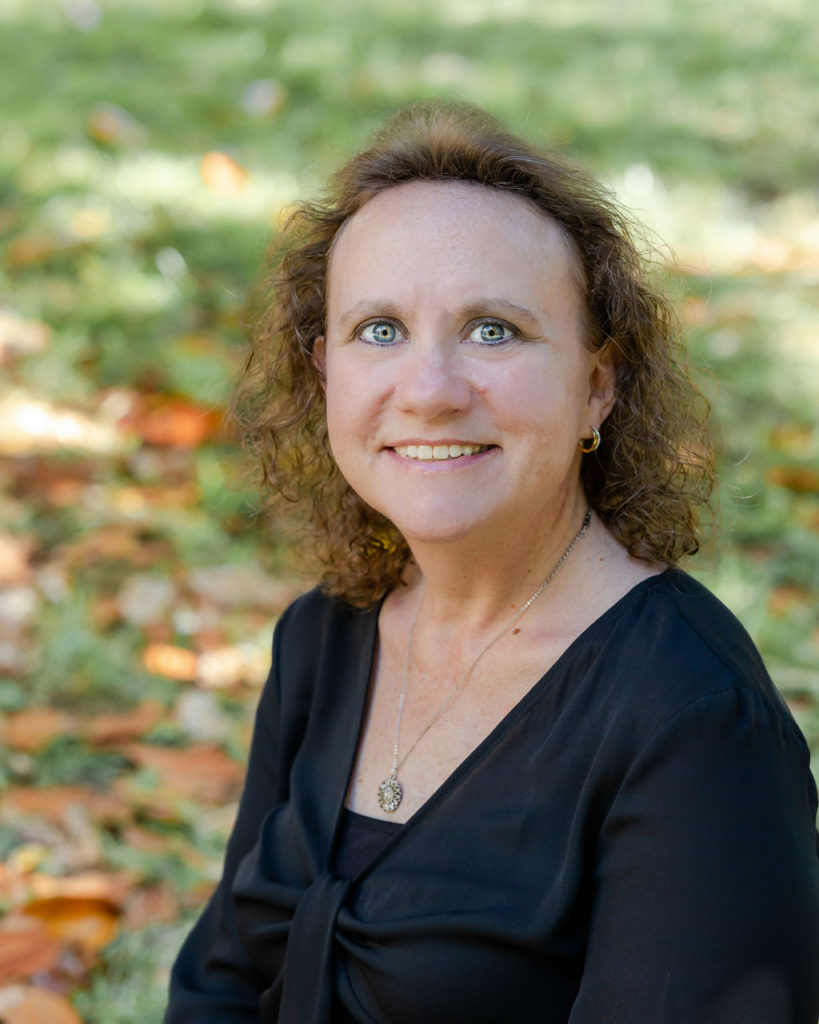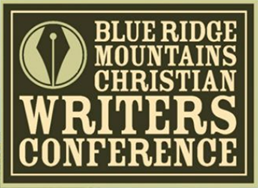Early on our grief journey, I heard about the “stages of grief”. Unfortunately, this expression makes it sound like you will work through the stages, and then, Voila!, you’ll be healed and the pain of grief will be gone. According to this model, the stages are Denial, Anger, Bargaining, Depression, and Acceptance. Sounds great, right? We want to know that we can work through the first four to find the acceptance and healing we long for.
The problem is this model was created to help people who were approaching the end of life in hospice care, not people who have experienced significant loss.
Yet, those who offer guidance to grieving folks present the model as the standard to follow. There is a better way, though, friend. A better way to work through your own pain or the pain of your grieving friend or family member.
To help us understand, I asked my friend Julie Lynn Ashley, a Grief Support Specialist, to explain the method she teaches her bereaved clients about. She graciously shared her expertise here with us. I hope it helps you know that you are not alone. You are not strange for zinging back and forth in the different grief “stages”. You are responding as a human being who loved deeply and thus feels the sting of loss deeply.
Here’s to hope for a healing future, friend,
Jenny
By Julie Lynn Ashley, MS Thanatology, Grief Support Specialist/Coach
As a grief coach by vocation, a sigh of relief I see in my clients is when I dismantle the idea of orderly stages of grief, which are now considered academically and experientially out of date.
Anyone who has been through a significant loss will tell you that while each person grieves uniquely, it is possible to feel a lot of these “stages of grief” all within the same hour…and certainly not in any particular order. Grieving people will tell you that just when they thought they had gained a little ground, a scent, a song, or seeing something at the grocery store can metaphorically “pull the rug out” from under them. Grief is not orderly; it is actually quite messy.
All of this mirrors the “out of order” life event and the deep ache of burying a child, grieving not only all that was lost up to that point of death… but all that was to be in the future. These thoughts and feelings all tumble around together in the mind and heart like clothes tumbling in a dryer… in anything but an orderly fashion.
Instead of orderly stages, the concept I introduce with my clients is that of the “Dual Process Model of Grieving” (Strobe & Schut, 1999).

If you look carefully at this model…there is a side that focuses on the loss and a side that focuses on moving forward. The zig-zag lines in between these two models represent how a grieving person zings back and forth between these…sometimes in the same day or the same hour.
If you are grieving, I hope this will bring any small degree of comfort that grief generally does not manifest itself in orderly sequential lines. If you are trying to support a grieving person, I hope this will open your eyes to the fact that this model will go on for a lifetime…not 1 calendar year. Approach a grieving person with a humble respect that you truly cannot understand the deep nature of what they are going through and what they have lost, but with a strong desire to walk alongside and support where you can.
 Julie Lynn holds a Masters of Science in Thanatology (death, grief and bereavement), is a member of the Association for Death Education and Counseling, mom to Landon and Kyle (both in college) and wife to her very best friend of 27 years, Doug, a lead pastor in Texas. Julie Lynn has worked and volunteered in the hospice industry for years developing a God-given passion to support grieving people. She has a grief support ministry (in-person and online) working with people one-on-one who need support following a death loss. Find Julie Lynn at www.julielynnashley.com and get her free grief support resource list.
Julie Lynn holds a Masters of Science in Thanatology (death, grief and bereavement), is a member of the Association for Death Education and Counseling, mom to Landon and Kyle (both in college) and wife to her very best friend of 27 years, Doug, a lead pastor in Texas. Julie Lynn has worked and volunteered in the hospice industry for years developing a God-given passion to support grieving people. She has a grief support ministry (in-person and online) working with people one-on-one who need support following a death loss. Find Julie Lynn at www.julielynnashley.com and get her free grief support resource list.
Related



 Julie Lynn holds a Masters of Science in Thanatology (death, grief and bereavement), is a member of the Association for Death Education and Counseling, mom to Landon and Kyle (both in college) and wife to her very best friend of 27 years, Doug, a lead pastor in Texas. Julie Lynn has worked and volunteered in the hospice industry for years developing a God-given passion to support grieving people. She has a grief support ministry (in-person and online) working with people one-on-one who need support following a death loss. Find Julie Lynn at
Julie Lynn holds a Masters of Science in Thanatology (death, grief and bereavement), is a member of the Association for Death Education and Counseling, mom to Landon and Kyle (both in college) and wife to her very best friend of 27 years, Doug, a lead pastor in Texas. Julie Lynn has worked and volunteered in the hospice industry for years developing a God-given passion to support grieving people. She has a grief support ministry (in-person and online) working with people one-on-one who need support following a death loss. Find Julie Lynn at 

